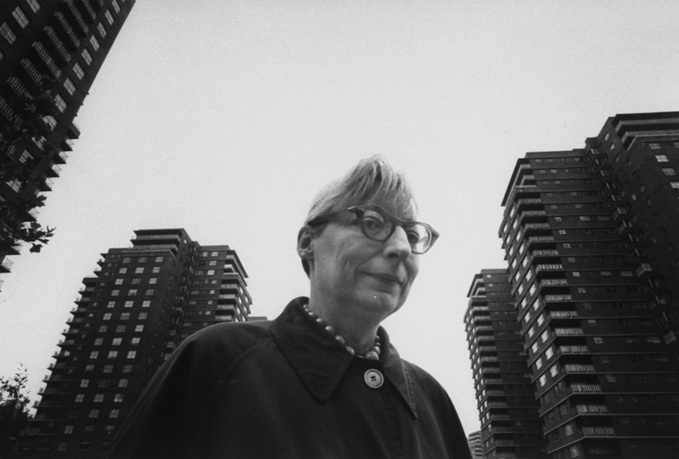Happy International Women’s Day!
In Citi IO fashion, we feature one of the greatest female urbanist of the 20th century, Jane Jacobs, a journalist, activist, and author who promoted people-centred approach to urban planning.

Jacobs was born in May 4, 1916 in the town of Scranton, Pennyslvania. After her high school graduation, she worked as an unpaid assistant to the women’s page editor at Scranton Tribune.
During the Great Depression in 1935, she moved to New York City. Jacobs held a variety of jobs in her first years in New York, working as a stenographer and freelance writer. These experience, she claims, “…gave me more of a notion of what was going on in the city and what business was like, what work was like.” While working for the Office of War Information she met her husband, architect Robert Jacobs.
Jacobs became more aware and critical or urban planning issues and she wrote about them. One of her classic pieces is “Downtown Is For People”.
From our partners:
In 1961, she presented her observations and prescriptions in the book, The Death and Life of Great American Cities.
This book is one the most influential text about the workings and failings of cities. Up to this day, the book is still held in high regard for urban planners and activists.
Jacobs has no professional training in urban planning. She relied on common sense, observations and experiences for her work.
As a female and a mother in a male-dominated field, she was met with a lot of scorn and criticism, calling her a ‘housewife’, a ‘crazy dame’ and her ideas were labeled preposterous.


Jacobs was also well known for protecting and preserving existing neighbourhoods from demolition and clearance. Particularly, her battle with Robert Moses was one of the greatest sagas in New York City’s planning history.

Jacobs opposed Moses’ plan to overhaul her neighbourhood of Greenwich Village which will displace many people and demolish many historic buildings to give way to the proposed Lower Manhattan Expressway (LOMEX).
Throughout her life and career in the US and Canada, she continued to champion ideas for better city planning. Her writings and interests also broadened to include discussions on economics, morals and social relations.
Jacobs view cities as living beings and ecosystems. She stressed the value of people’s interaction with the city and its infrastructure and how its understanding can help us create better living structure for everybody. She became a Canadian citizen in 1974 and lived in Toronto until her death on April 25th, 2006.
Time has proven her undeniable wisdom for the basic humanity of cities which she saw long before most began to realise it.
So here’s to Citi IO’s hero and warrior-maiden!
[infobox]Cities have the capability of providing something for everybody, only because, and only when, they are created by everybody.– Jane Jacobs
[/infobox]


















